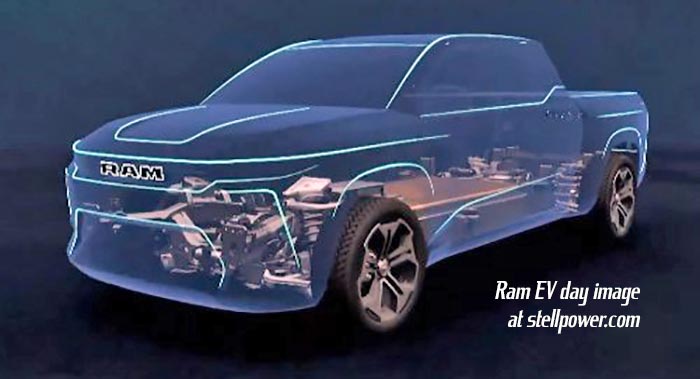Automotive News recently ran a Reuters story on the problem of repairing electric cars after a crash that impacts the battery. They found a large variety of manufacturer attitudes towards this issue. Tesla has the least environmentally friendly design, integrating the batteries of its latest models into the unibody, so any damage requires scrapping the entire car and battery. GM, at the opposite extreme, is the most environmentally friendly in its Ultium-equipped cars; they are meant to be fixed at the level of the module, which is far less expensive than replacing an entire battery pack. Nissan has the same feature, the company said, with replaceable modules so that minor damage to the battery pack does not result in a scrapped car; dealers can replace impacted modules.

Ford claimed that it had a module repair process, and can replace the battery pack and tray if it is damaged. Renault only said that battery modules could be repaired at designated centers.
Stellantis’ battery repair facility appears to be relatively low. The company told Reuters that it would not repair batteries after crashes where the airbags deployed; however, it has invested in the ability to recycle batteries at the end of their lifecycle, so they theoretically will not end up in junkyards. For the individual EV owner, though, it appears that insurance rates may reflect the need to replace an entire battery after the airbags are set off.
Reuters found that European junkyards had more Teslas than one would expect, which is consistent with the problem of batteries that cannot be economically repaired.